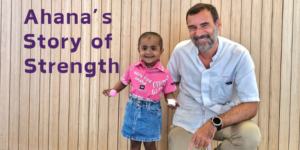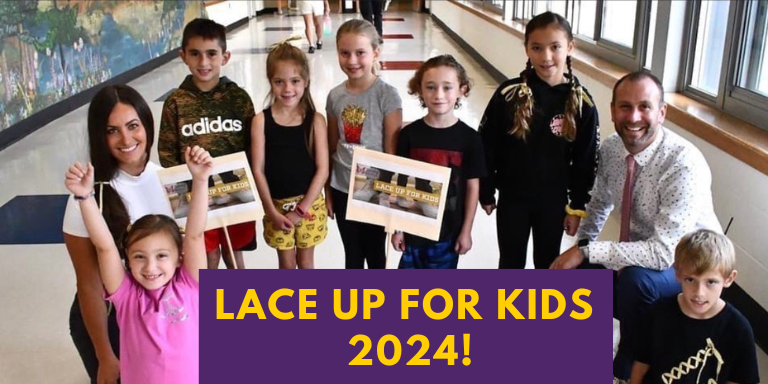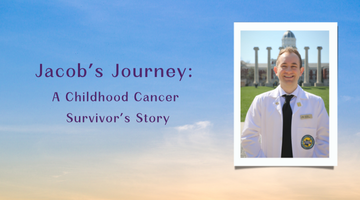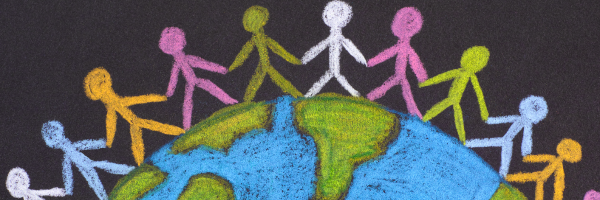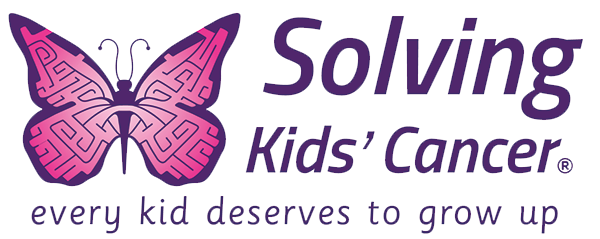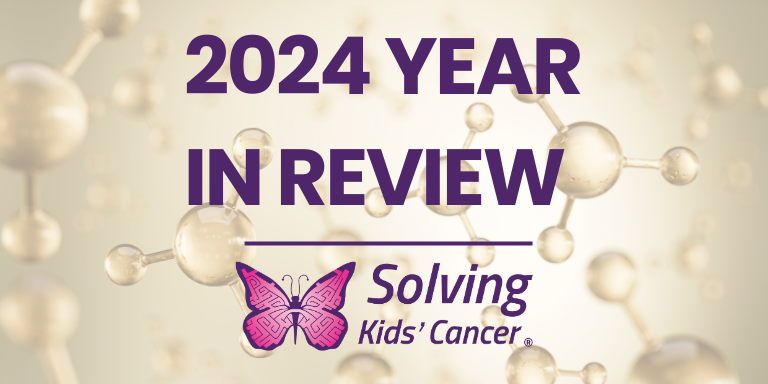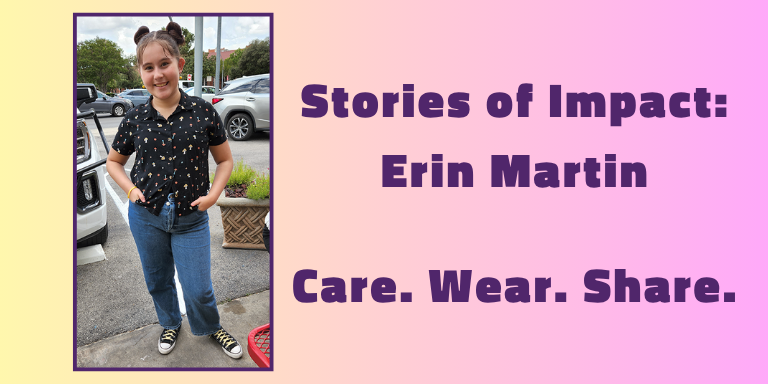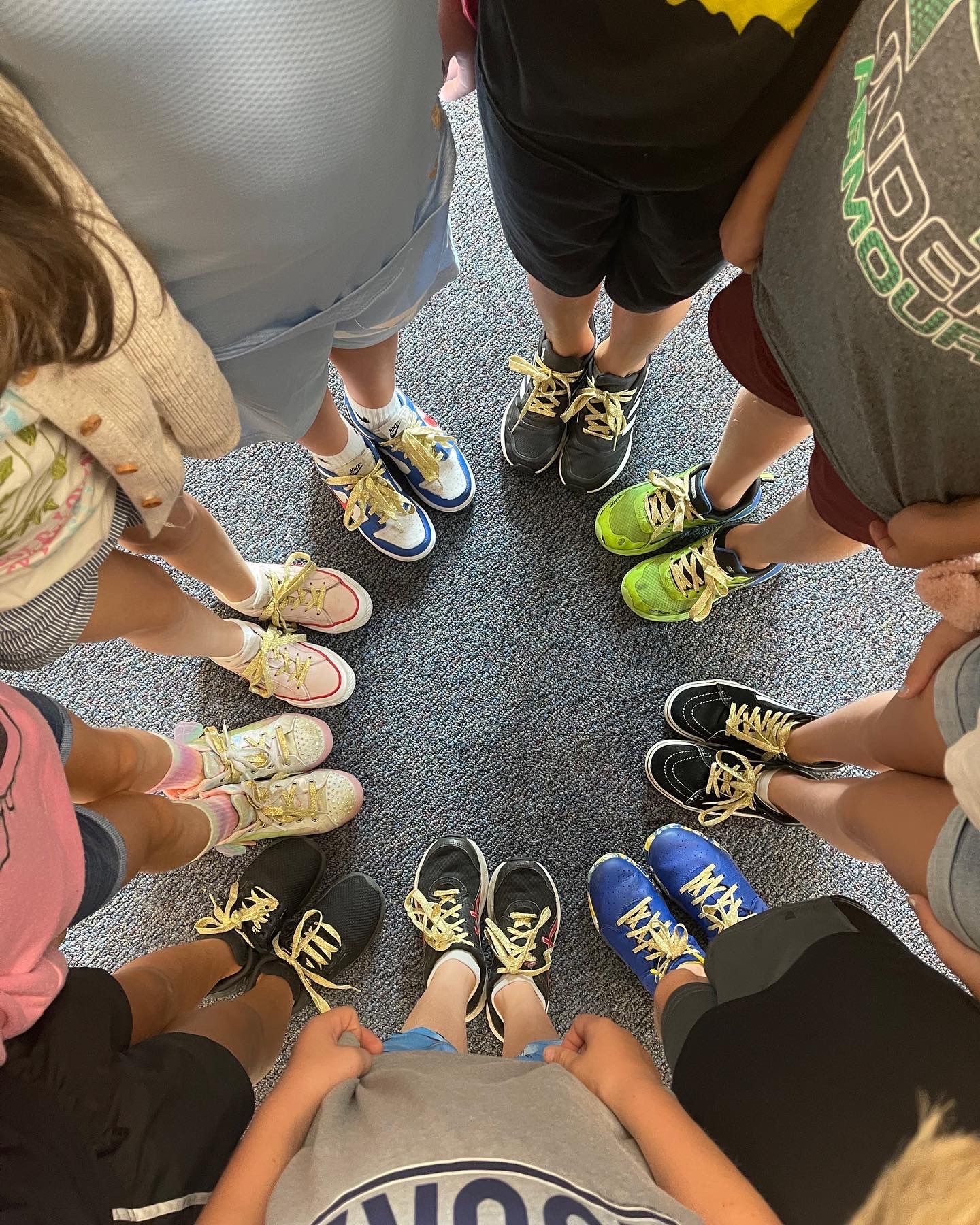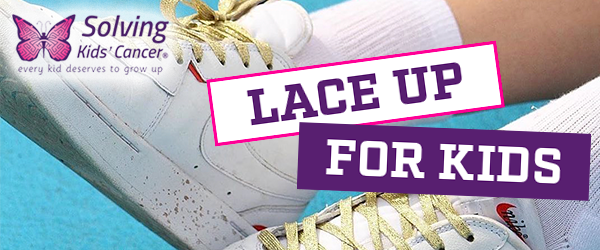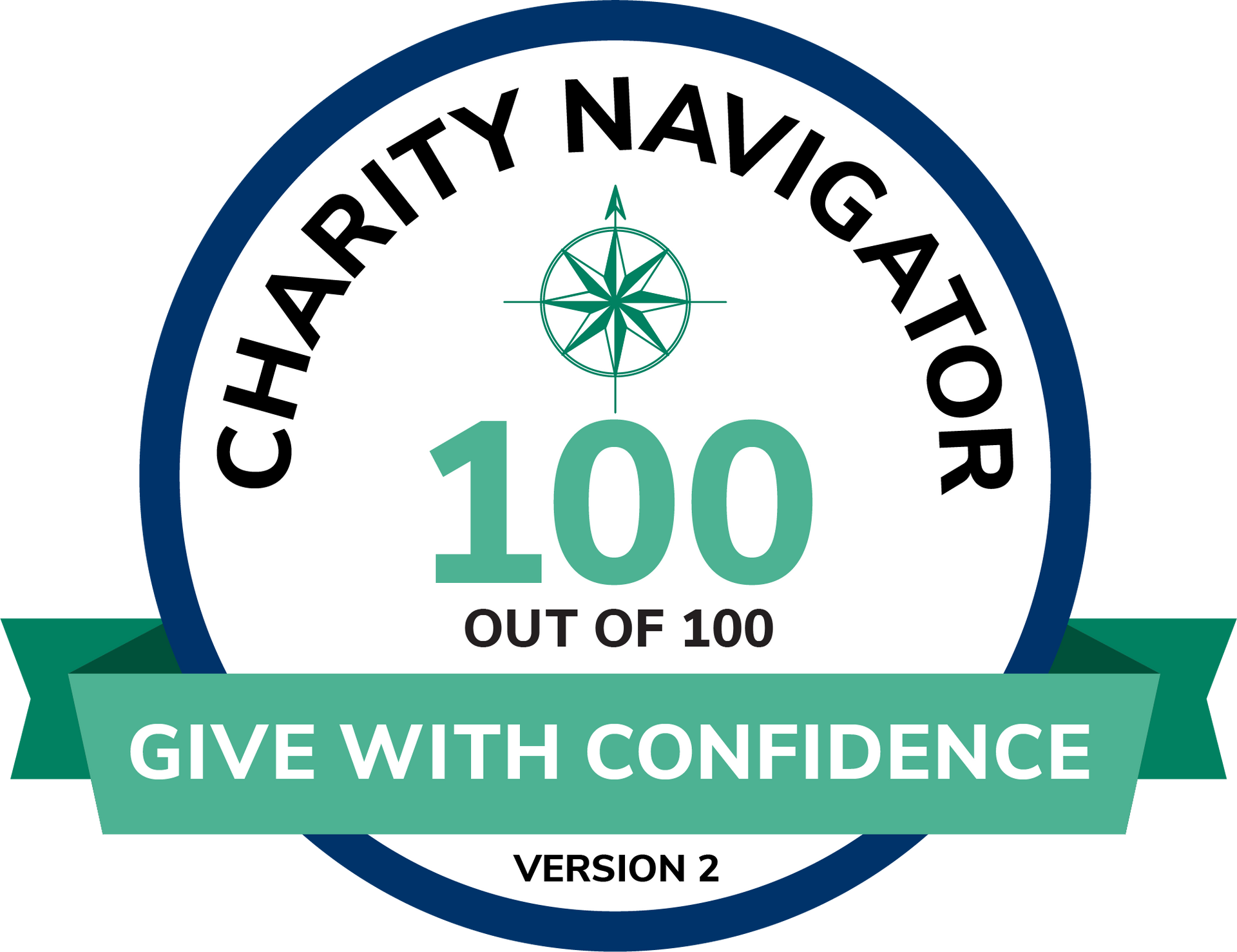Why Research Childhood Cancers with Low Survival Rates?
Researching Childhood Cancers with Low Survival Rates
The Rare Diseases Act of 2002 states that a disease or disorder is considered “rare” if fewer than 200,000 people are affected by it in the United States. Of more than 100 types of cancer[1], only breast and prostate cancers do not qualify as a “rare disease.” Childhood cancers are all “rare diseases” as they make up only 1% of all cancers diagnosed annually. There are 16 major types of cancer that affect children, with a host of subtypes, with some types affecting just dozens or less of children per year in the U.S. This makes any childhood cancer truly ultra-rare, which presents distinct challenges for research and clinical trials to improve survival. Despite this rarity, cancer is the most common cause of disease-related death in children in developed countries.
While there have been dramatic improvements in outcomes for some pediatric cancers[2] such as leukemia (ALL), there are some tumor types that have had no improvement in survival in decades[3], such as metastatic sarcomas and some brain tumors. Chronic and severe late effects from toxic treatments plague the survivors of cancers such as neuroblastoma, and there is a growing and urgent need to improve therapies with less toxic and novel approaches.
The Challenges of Researching Rare Childhood Cancers
● Small Numbers to Accrue on Clinical Trials
Rare childhood cancers are extremely challenging to study in clinical trials because there are so few patients with the same diagnosis. Some tumor types such as ETMR and ATRT are so rare there are no standard protocols developed. Other types such as neuroblastoma or medulloblastoma have seen very slow progress because large randomized trials can take a decade to complete.
For example, it took 25 years for clinical trials to be completed to prove that an antibody given after intense chemotherapy, surgery, and radiation improves outcomes for children with neuroblastoma. Consequently, most protocols still use the same chemotherapy agents introduced 40 years ago.
● Ethics of Research on Children[4] [5]
Children are considered a vulnerable population in medical research because of the limited understanding of the nature of the research and the risk/benefit ratio, which creates unique ethical concerns. In addition, children may be affected by medicines differently than adults due to normal growth and development processes. Children cannot therefore give informed consent to participate in a clinical trial, so policies that govern parental consent are included in the ethical review of clinical trials.[6]
● Need for More Funding and Incentives
With an estimated 7,000 rare diseases[7] described, government funding for the study of each disease is highly competitive. From 1973-1983, less than 10 treatments for rare diseases were approved. Through programs and legislation that incentivize biotechs and pharmaceutical companies to develop treatments for rare diseases, the FDA aims to improve the process of bringing treatments to the market. For example, the Creating Hope Act (2012) established the priority review voucher program, which provides incentives to companies who develop FDA-approved drugs for rare pediatric diseases such as cancer. In addition, the RACE Act[8] (2017) mandated that adult oncology drugs also be tested in children when the molecular targets are relevant to children’s cancers. Both acts radically changed the landscape of drug development for pediatric cancers — stimulating both investment and early regulatory discussions for pediatric testing plans.
Because of the new regulatory landscape, companies are more willing than ever to test their products in children with cancer. However, this requires significant funding to accomplish, especially for biotech startups with novel agents but limited capital to fund pediatric studies. This results in increased demand for philanthropic funding from charities to support critical new trials.
● Lack of Research Cooperation
Today’s research environment also contributes to the difficulty of advancing research for cancers with low survival rates. Limited availability of funds encourages competition rather than collaboration, resulting in frequently uncoordinated efforts. Some agents are advanced even when little or no benefit is demonstrated. Pre-clinical data is often not translated into clinical trials, resulting in missed opportunities to utilize novel agents, approaches, and targets. The lack of a collaborative and coordinated approach across research teams limits the impact on improved survival. One important effort to improve international collaborations is through the multi-stakeholder ACCELERATE platform[9] where Solving Kids’ Cancer serves on working groups with industry, academics, regulatory experts, and leading advocates.
The Benefits of Researching Rare Diseases
Despite the challenges presented by researching rare diseases such as childhood cancers, there are a variety of reasons to invest in this type of research – even for the rarest childhood cancers.
● Scientific Breakthroughs and Discoveries: Investigating the underlying cause of rare diseases can lead to major breakthroughs, such as discovering gene mutations or new disease processes. Scientific breakthroughs can also lead to more publicity and increased awareness about the disease, which often results in more research funding.
● Research is Applicable to Other Disease Spaces: Research or drug development for rare childhood cancers could lead to the development of more effective therapeutics for other diseases that have similar disease processes or underlying causes.
● Every Kid Deserves to Grow Up®: Kids have a longer life ahead of them with more time and opportunity to contribute to society.[10] Despite their young age at diagnosis, children with rare childhood cancers should be entitled to the same quality of treatment as other patients.
Funding Effective Treatments and Breakthroughs for Childhood Cancer
In recent years, nonprofit and medical organizations, researchers, and oncologists have recognized the urgent need to invest in researching childhood cancers with low survival rates. Growing collaboration across the field has created several opportunities to improve the outcomes for children.
For example, several disease-specific registries have been created, aggregating resources among the research community and allowing researchers to gather biological samples from tumors for use in further studies.
Another approach is bringing together the top experts in a particular tumor type to discuss challenges and brainstorm solutions. Solving Kids’ Cancer facilitated satellite and dedicated meetings for medulloblastoma over a three-year period, culminating with a summit in New York in December 2019. This workshop, attended by invited researchers, clinicians, and charity leaders, resulted in three new clinical trial concepts, the first of which is now funded by a collaboration of charities and will test a bold new immunotherapy approach in children with relapsed or refractory medulloblastoma. Solving Kids’ Cancer continues to address unmet needs with plans to bring together key stakeholders from around the world to stimulate bold approaches in other poor-prognosis tumor types.
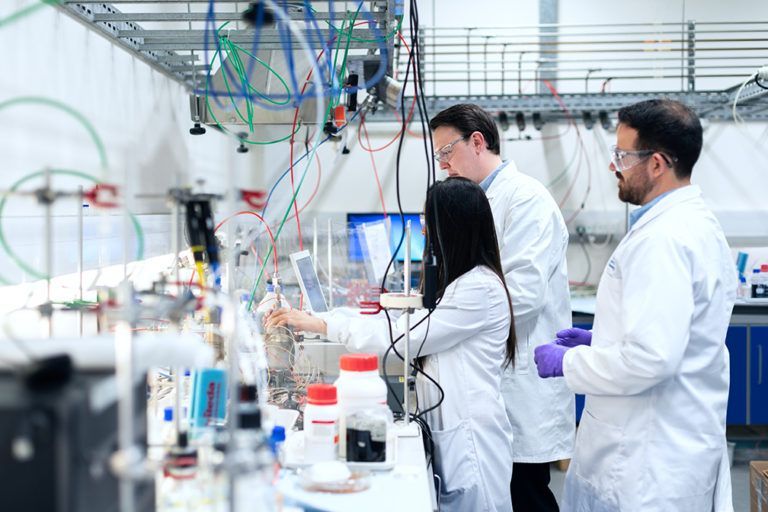
By encouraging global collaboration and challenging researchers to think boldly, Solving Kids’ Cancer has helped the field to focus on investigating new treatments and strategies to improve survival rates for rare childhood cancers, such as neuroblastoma and sarcomas, in addition to rare brain tumors in kids. Since 2008, Solving Kids’ Cancer has invested in 41 translational and clinical research projects that include 28 clinical trials testing novel agents and combinations in children. These clinical trials have introduced new antibodies, vaccines, oncolytic viruses, novel delivery, and targeted agents to children in more than 30 countries, and many are showing promise in terms of efficacy and less toxicity.
Every two minutes, a child is diagnosed with cancer. Together, we can solve that. Learn more about our unique approach to finding, funding, and managing clinical trials.
Get the Latest News
Stay up to date on all the latest news, including our new research projects, advances in treatment, upcoming events and more.
Contact Us
Sources:
[2] https://www.ncbi.nlm.nih.gov/pmc/articles/PMC2702720/
[3] https://www.ncbi.nlm.nih.gov/pmc/articles/PMC4086810/
[4] https://www.ncbi.nlm.nih.gov/pmc/articles/PMC2606083/
[6] https://journalofethics.ama-assn.org/article/parental-consent-pediatric-research/2006-10
